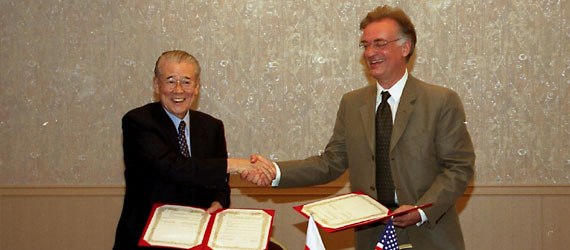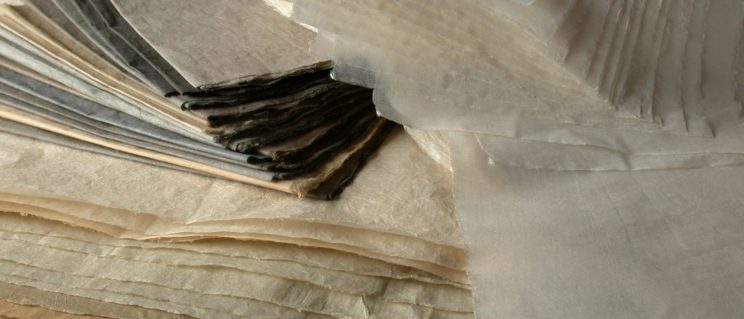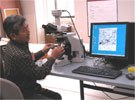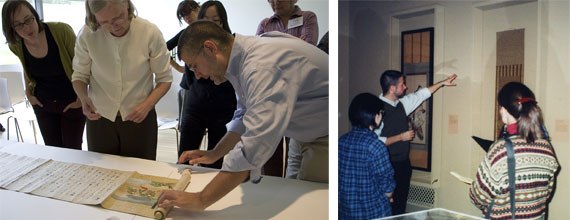Introduction

Hirayama Ikuo
A survivor of the bombing at Hiroshima, Hirayama Ikuo (1930–2009) achieved renown as one of Japan’s most important artists of the twentieth century. Deeply aware of the importance of world culture and history, he was a philanthropist committed to the preservation of world heritage and, in particular, to Buddhist culture and historic monuments that were also the focus of his art. In 1988, he established the World Cultural Heritage Foundation. Hirayama served as the head of the Tokyo National University of Art and Music from 1989–95 and 2001–2005. His many honors and awards included the Legion d’honneur, the James Smithson award, and induction into the Order of Cultural Merit, Japan’s highest honor for achievement in the arts and sciences.
History of the Program
Hirayama proposed that the Japanese government and private organizations should undertake a project to assist in the care and preservation of Japanese art in Western collections. This led to the establishment of the Joint Council for the Conservation and Restoration of Ancient Japanese Art Works in Foreign Collections in 1991.That same year, the council signed an agreement with the National Museum of Asian Art Galleries to provide aid for the conservation of Japanese paintings in the Galleries’ collections. Over the following six years, approximately forty paintings from the Freer Gallery were conserved in Japan thanks to this support.
Following the success of this collaboration, Hirayama and the National Museum of Asian Art Galleries reached an agreement that created the Hirayama Program for Japanese Painting Conservation in 1999. It also endowed the program with a gift from the Foundation for Cultural Heritage and Art Research, over which Hirayama presided.
Goals of the Program
The Hirayama Program is dedicated to advancing the state of conservation of Japanese paintings in the United States. The program has four main areas of activity:
- training Western candidates in the methods and principles of Japanese painting conservation
- supporting ongoing professional exchanges between the National Museum of Asian Art Galleries and conservation and research organizations in Japan
- conducting lectures and workshops on the care of Japanese paintings for staff of American museums that have East Asian painting collections but no specialists in this field
- conducting lectures and workshops on the physical nature and preservation of Japanese paintings to augment university courses and educational programs in East Asian art history.







